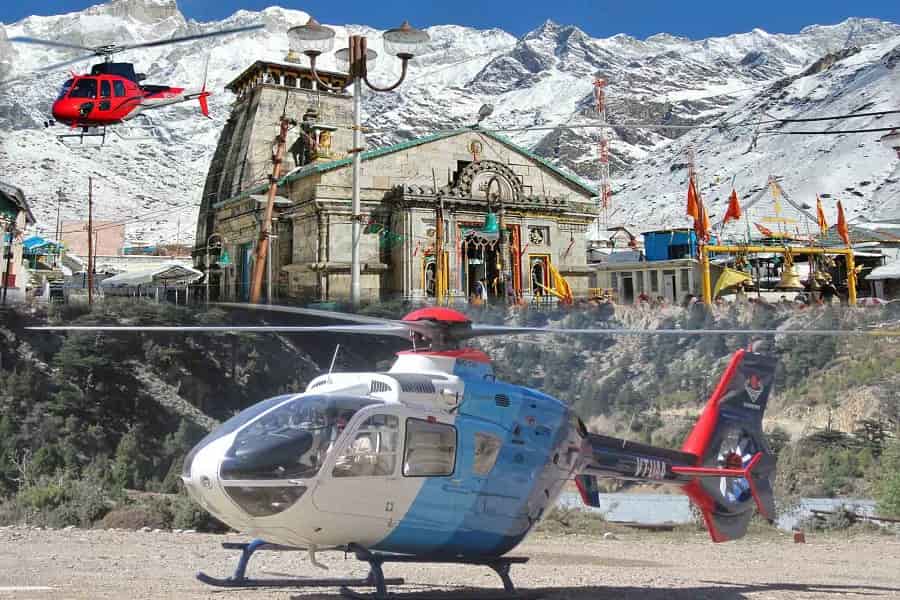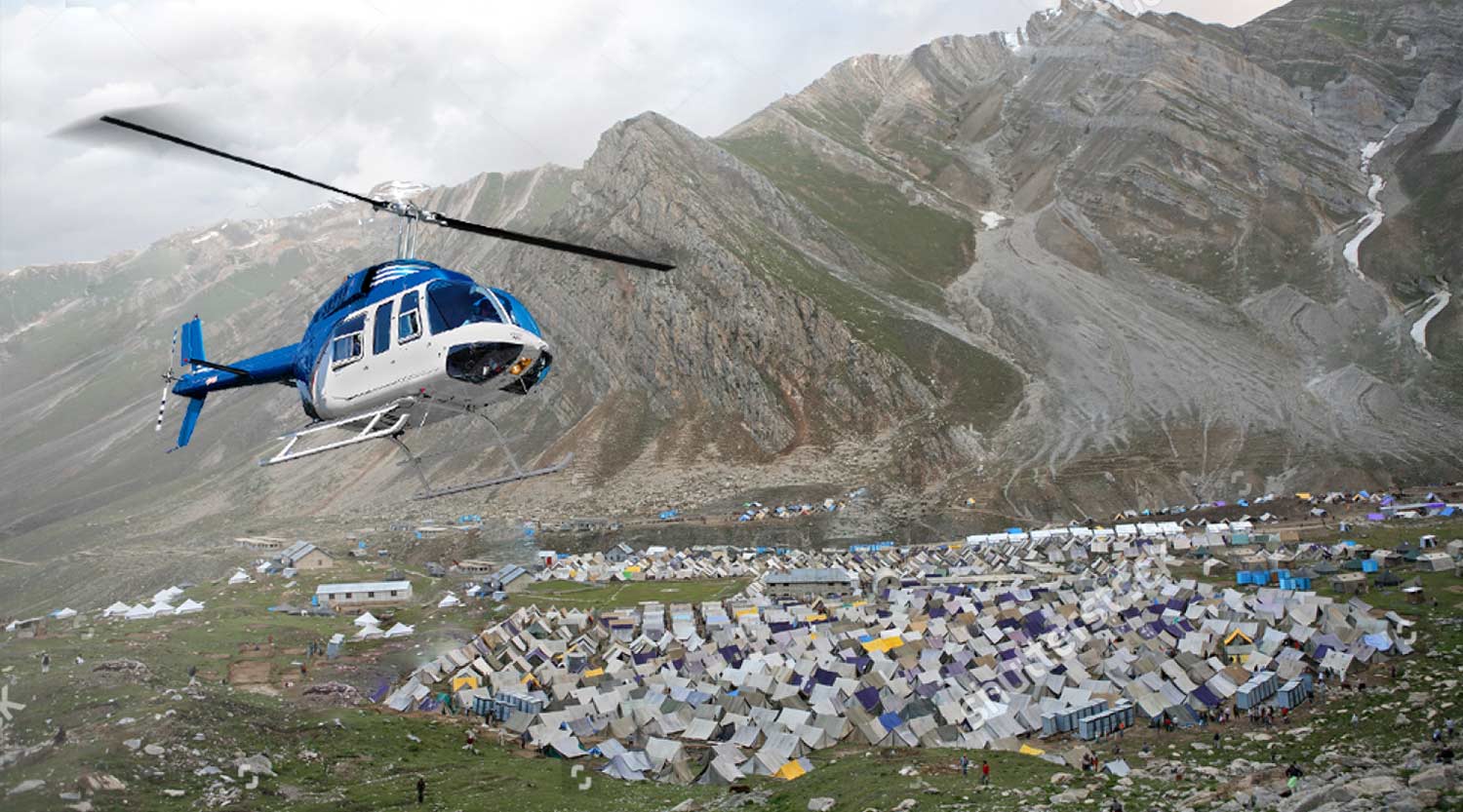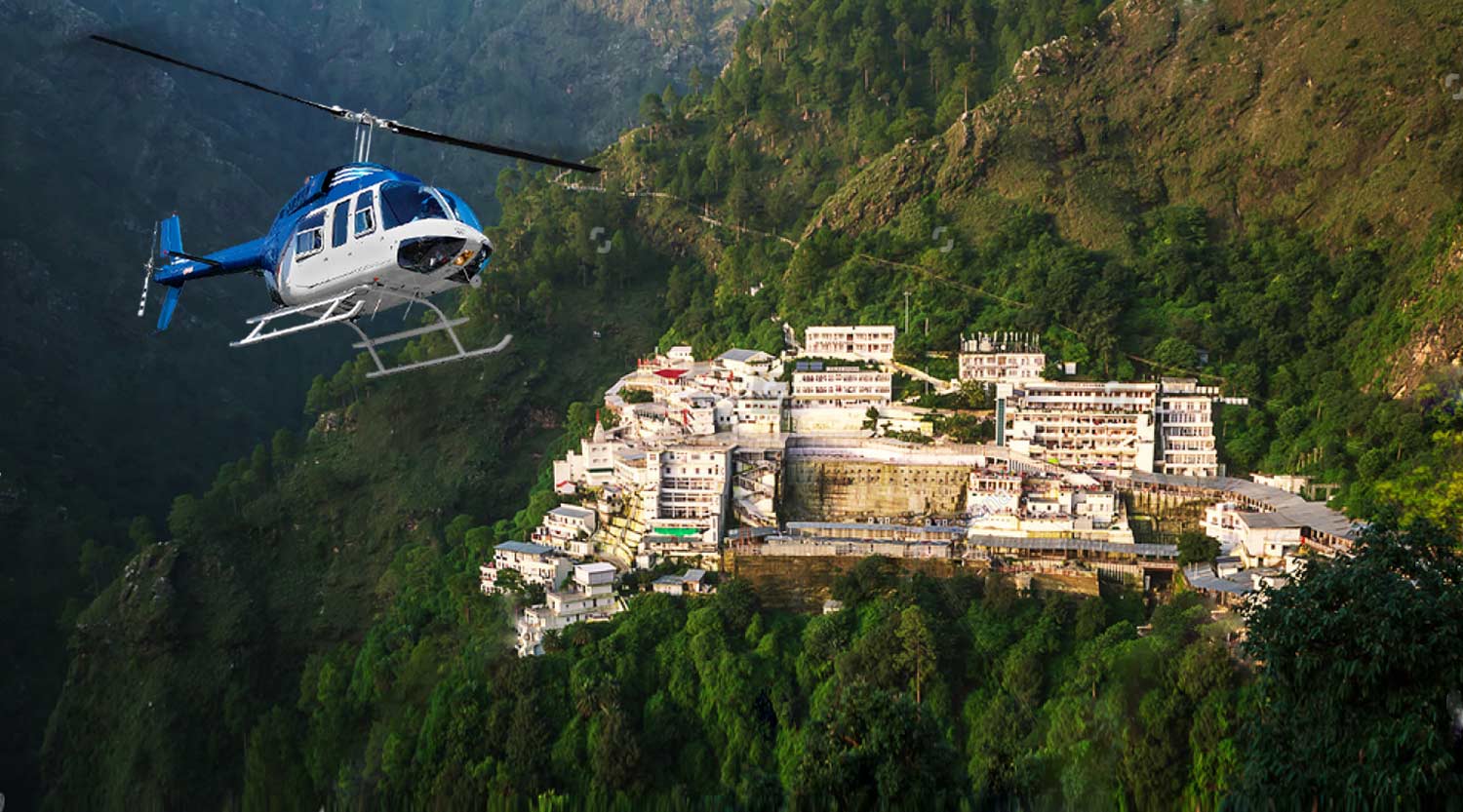Kedarnath, one of the holiest Hindu temples dedicated to Lord Shiva, is nestled in the majestic Himalayas at an altitude of 3,583 meters (11,755 feet). The temple's remote location and high altitude make weather a crucial factor when planning your pilgrimage. This comprehensive guide will help you understand the seasonal variations and choose the best time for your sacred journey.
**Summer (May to June)**
This is considered the peak season for Kedarnath Yatra. The weather is relatively pleasant with daytime temperatures ranging from 15°C to 30°C (59°F to 86°F). Nights can be cooler, with temperatures dropping to around 8°C to 15°C (46°F to 59°F). The clear skies offer breathtaking views of the surrounding Himalayan peaks.
Pros: - Comfortable weather for trekking - Clear visibility of the magnificent Himalayan landscape - All facilities and services are fully operational
Cons: - Crowded with pilgrims and tourists - Accommodation prices are at their peak - Advance booking is essential
**Monsoon (July to September)**
The monsoon brings heavy rainfall to the region, making it the most challenging time to visit Kedarnath. The area is prone to landslides and roadblocks during this period. Temperatures range from 12°C to 25°C (54°F to 77°F) during the day and can drop to 5°C to 10°C (41°F to 50°F) at night.
Pros: - Lush green landscapes and blooming flowers - Fewer crowds - Lower accommodation rates
Cons: - High risk of landslides and road closures - Difficult and potentially dangerous trekking conditions - Limited helicopter services due to poor visibility - Some facilities might be temporarily closed
**Post-Monsoon (September to October)**
After the monsoon, the region experiences a brief period of stable weather before winter sets in. Daytime temperatures range from 10°C to 20°C (50°F to 68°F), while nights can be cold with temperatures between 0°C to 5°C (32°F to 41°F).
Pros: - Clearer skies and better visibility after the rains - Moderate crowd - Lush green surroundings - Stable weather conditions
Cons: - Some trails might still be slippery from the monsoon - Nights can be quite cold
**Winter (November to April)**
The temple remains closed during winter due to heavy snowfall and extreme cold conditions. Temperatures can drop well below freezing, making the area inaccessible.
**Best Time to Visit**
Considering all factors, the ideal time to visit Kedarnath is during May-June and September-October. These months offer the most stable weather conditions, making your pilgrimage safer and more comfortable.
**Tips for Weather Preparation**
1. **Layer your clothing**: Regardless of when you visit, the temperature can vary significantly between day and night. Layering allows you to adjust to changing conditions.
2. **Waterproof gear**: Even during the dry season, unexpected rain showers can occur. Carry a lightweight, waterproof jacket.
3. **Sun protection**: At high altitudes, the sun's rays are stronger. Bring sunscreen, sunglasses, and a hat.
4. **Appropriate footwear**: Invest in good quality, waterproof trekking shoes with good grip for the challenging terrain.
5. **Check weather forecasts**: Before setting out each day, check the latest weather updates for the region.
By planning your visit during the appropriate season and preparing adequately for the weather conditions, you can ensure a safe and spiritually fulfilling pilgrimage to the sacred shrine of Kedarnath.



